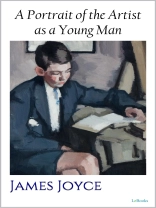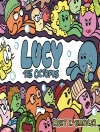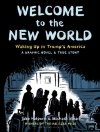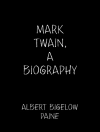A Portrait of the Artist as a Young Man is a seminal exploration of identity, artistic awakening, and the struggle for self-definition. James Joyce presents a deeply introspective narrative that follows Stephen Dedalus as he navigates the constraints of religion, family, and national identity in early 20th-century Ireland. The novel challenges traditional storytelling with its innovative use of stream-of-consciousness and linguistic experimentation, offering a profound meditation on the tensions between personal ambition and societal expectation.
Since its publication, A Portrait of the Artist as a Young Man has been recognized for its revolutionary narrative style and psychological depth. Its themes of intellectual rebellion, the search for artistic freedom, and the conflict between personal growth and cultural heritage have solidified its place as a cornerstone of modernist literature. The novel's introspective tone and evolving narrative voice mirror Stephen's own transformation, making it a deeply personal yet universally resonant work.
The novel's enduring relevance lies in its exploration of the artist's journey toward self-realization and the sacrifices demanded by creative independence. By depicting the complexities of individual consciousness and the struggle against imposed ideologies, Joyce invites readers to reflect on the nature of artistic identity and the pursuit of authenticity in an ever-changing world.
Circa l’autore
James Joyce was an Irish writer and one of the most important figures in modernist literature. Born in Dublin, Ireland, he is best known for his innovative narrative techniques and groundbreaking use of language. His works explore themes such as identity, exile, and the inner consciousness of his characters. Joyce revolutionized the literary world with his experimental style, particularly in his novels Ulysses (1922) and Finnegans Wake (1939), which have profoundly influenced both contemporary and later literature.
Joyce's literary career began with the publication of Dubliners (1914), a collection of short stories that provides a vivid and realistic portrayal of life in Dublin. His first novel, A Portrait of the Artist as a Young Man (1916), is a semi-autobiographical work that explores the intellectual and emotional development of its protagonist, Stephen Dedalus.
Joyce's works pushed the boundaries of literary form and structure, influencing writers such as Samuel Beckett, William Faulkner, and Vladimir Nabokov. His stream-of-consciousness technique and deep psychological insight helped shape the modernist movement, redefining how narrative and character development could be approached in fiction.
Joyce's focus on Dublin and Irish identity, combined with his innovative storytelling, provided a fresh perspective on modern literature. His ability to blend mythology, history, and everyday life into his work remains unparalleled. Ulysses, in particular, has become a central text in literary studies, celebrated every year on June 16th as Bloomsday.












